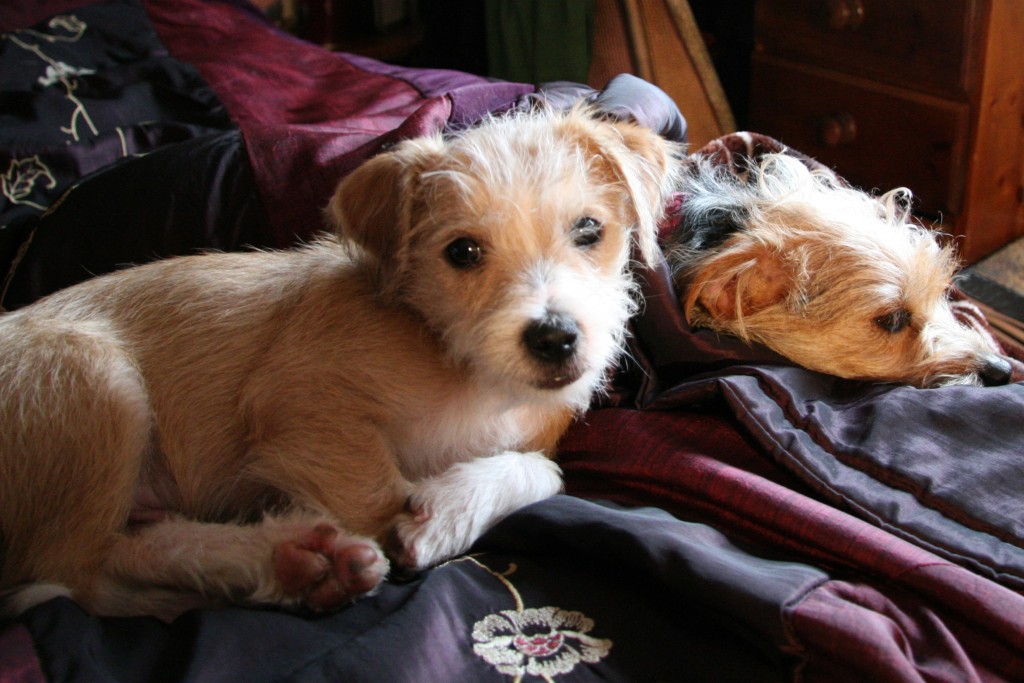As any pet owner knows, veterinary care can be expensive, and treatment for common
pet travel injuries can be particularly pricey. For example, one study found that the
average cost of treating injuries sustained by dogs sticking their head out of the car
window can vary between $300 and $400, while heat stroke treatment can cost an
average of nearly $600. These estimates naturally assume that the dog’s injuries are not
more severe, which they very well can be. Accordingly, those planning on traveling with
their pets should take safety seriously.
The best place to begin is at the vet’s office, where you can ensure that your pet’s
vaccinations are up to date and receive any advice specific to your animal. Next, obtain
an excellent pet carrier, no matter how you plan to travel. On a plane, the safest place
for pets is in the cabin under a seat, but the airline will place larger animals with the
luggage in cargo, which is not considered safe. If you’re planning on traveling with a
large dog, either choose a road trip or consider changing your plans and hiring a dog-
sitter or boarding your dog at a kennel.
On the road, of course, you should keep pets secure in their crates or restrained with an
approved safety harness; in an accident, a pet is a danger to passengers and itself. While
many people enjoy seeing their dog delightedly sticking its head out the car window,
this is very dangerous and should not be allowed. Make sure to bring water, food, and
toys for your pet, and be prepared to take frequent rest stops to alleviate any car
sickness and let your pet stretch its legs. Under no circumstances should you leave your
pet locked in the car alone, especially as temperatures rise.
Regardless of how you travel, planning ahead for the time at your destination is
important as well. Look up a local vet in case of an emergency, use collars with
identifying tags, label your pet’s crate with your contact information, and be sure to
bring the documentation for microchip identification in case your animal is lost.


